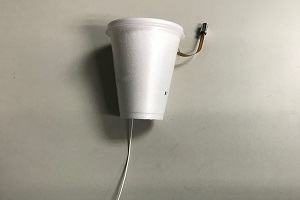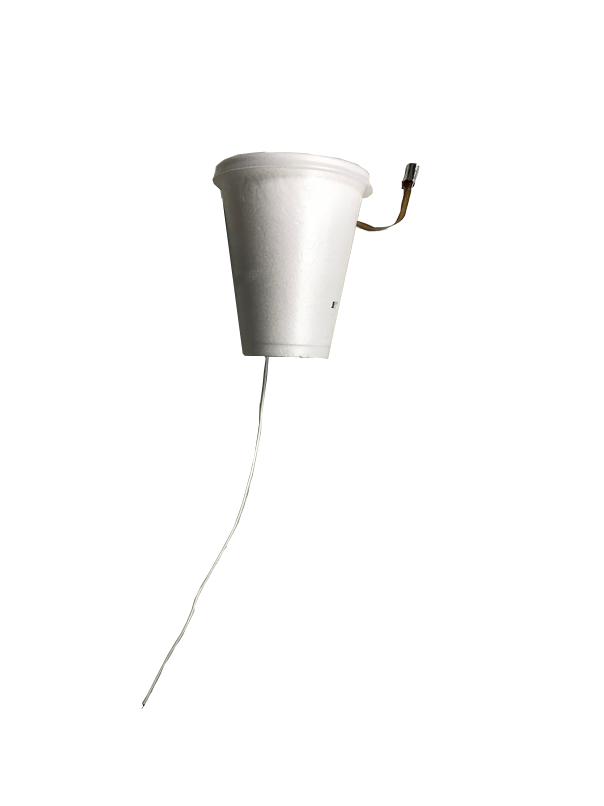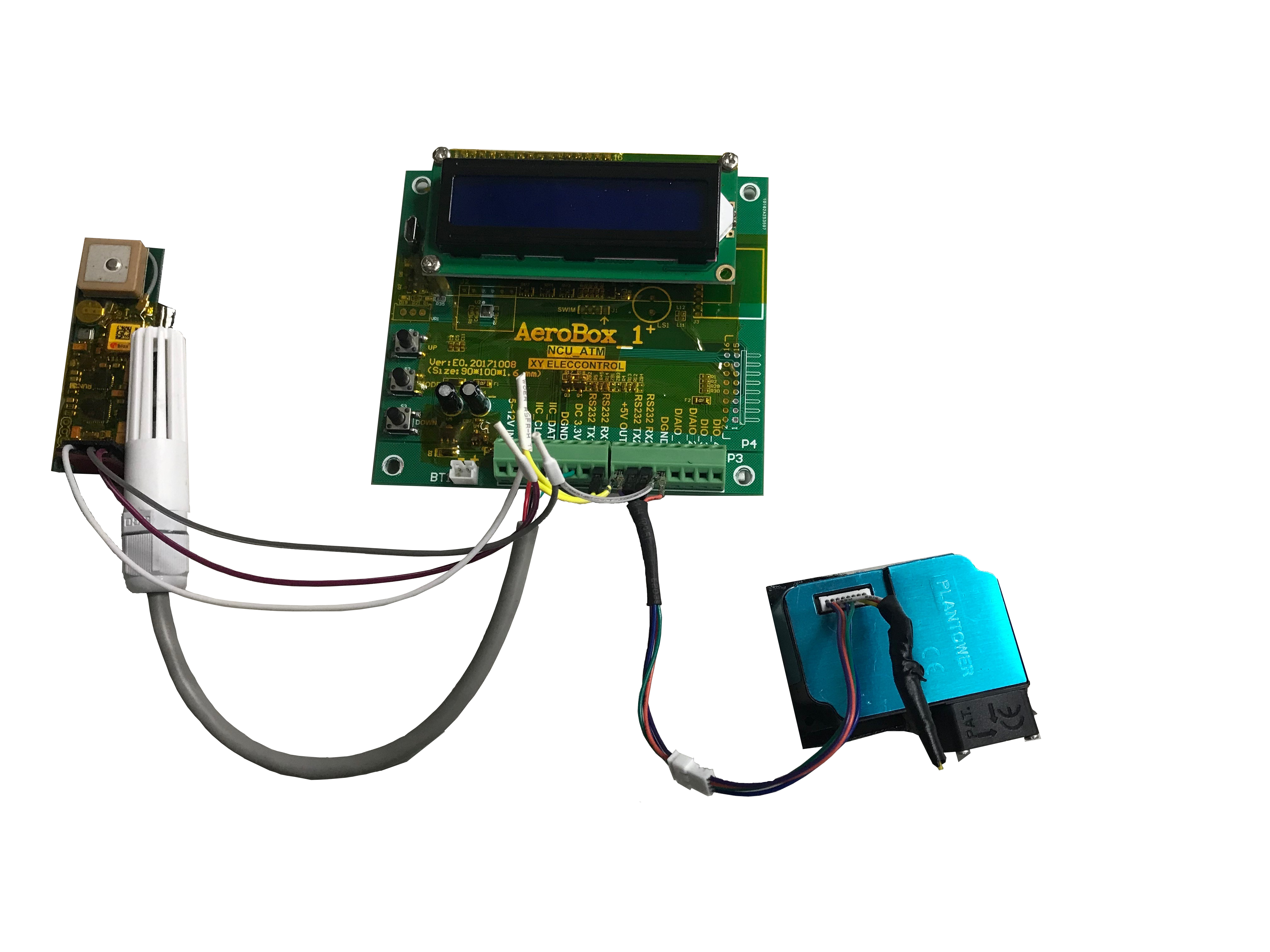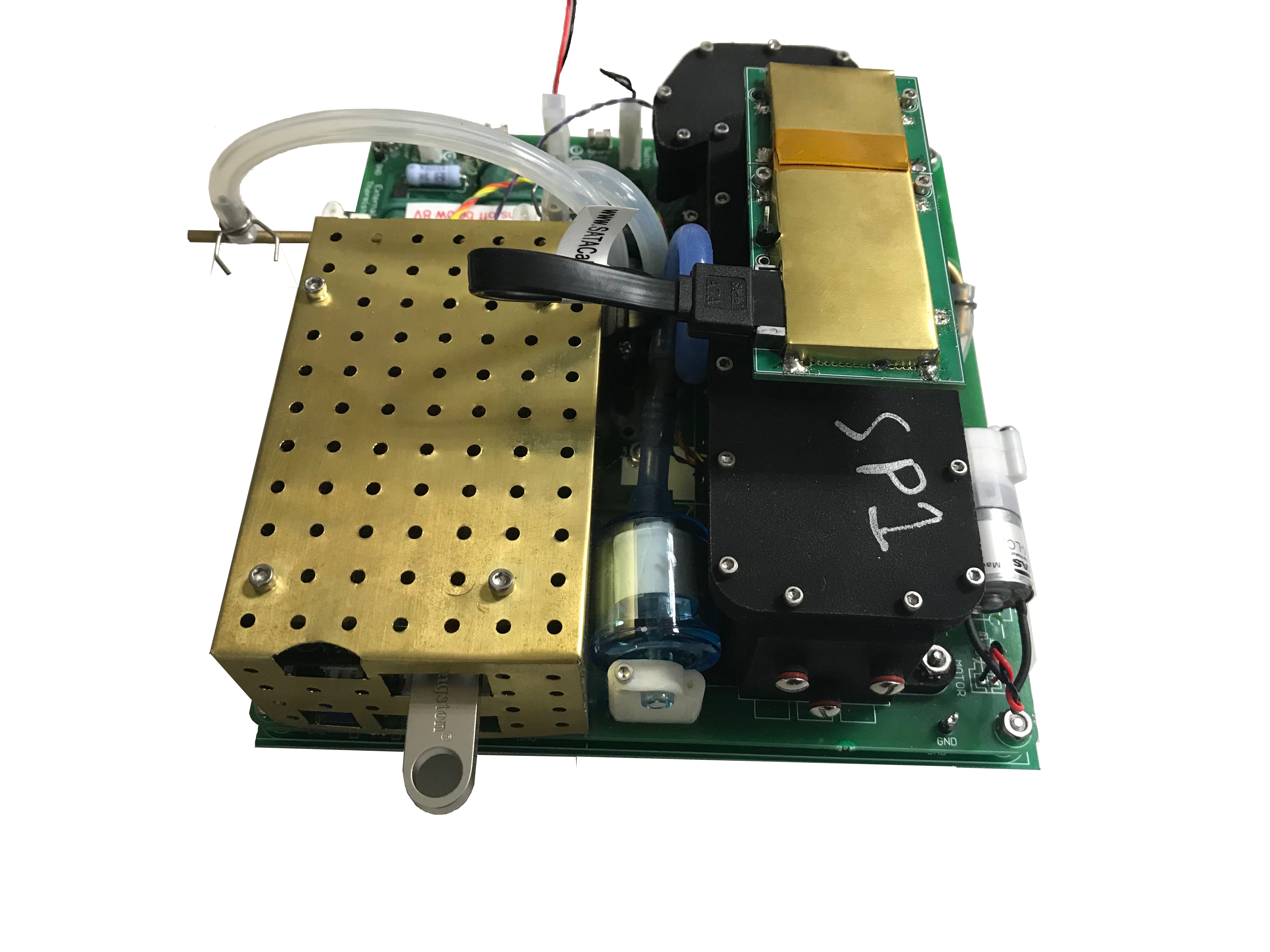Sensors
The Falcon team has developed and integrated variety of sensors on Falcon UAS. Below three instruments and table 1 are the popular set we often used in our field experiment. The table 2 shows all sensors and measured parameters we had tested on Falcon UAS.

windsond (Sparv Embedded AB)

Aerobox

POPS (NOAA)

windsond (Sparv Embedded AB)

Aerobox

POPS (NOAA)
Table1: The specification of three main instruments using on FALCON UAS
| windsond (Sparv Embedded AB) | Aerobox | POPS(NOAA) | |
|---|---|---|---|
| Appearance |  |
 |
 |
| Size | 7.3 x7.3 x8.9 (cm) | 10.2 x11 x3.3 (cm) | 16.2 x13.3 x6.9 (cm) |
| Weight | 13 g | 160 g | 800 g |
| Resolution | T:±0.01℃ RH:±0.05% P:±0.02 hPa |
T:±0.01℃ RH:±0.05% P:±0.01 hPa |
╱ |
| Accuracy | T:±0.3℃ RH:±2.0% P:±1.0 hPa |
T:±0.3℃ RH:±1.8% P:±1.0 hPa |
╱ |
| Working temperature | -45℃~+80℃ | -40℃~+60℃ | -40℃~+60℃ |
| Measurement | T、RH、P、Wd、WS | T、RH、P、Wd、WS、GPS、PM2.5 | Particle concentration/ Particle number/ Particle size distribution(0.14-3 μm) |
| Response time | T: 5 s RH: 8 s |
T: 5 s RH: 8 s |
╱ |
Table2: The FALCON sensor family
| Type | Sensor/Module/Instrument | Parameter |
|---|---|---|
| Meteorology | Temperature and humidity sensors | T, RH |
| Pressure sensors | P | |
| High-resolution wind field module (wind speed: 0~15m/s ) | WD, WS | |
| 2D Sonic wind sensor (FT technology) | WD, WS | |
| Radiation (EKO MS80s) | Radiation flux | |
| Aerosol | NOAA POPS | Particle Size Distribution |
| Low cost PM2.5 sensor (G3) | PM mass | |
| Black Carbon (AE51 and MAE) | BC conc. | |
| Gases | Real-time trace gas sensors and monitor (CO, O3, CO2, CH4) | Mixing ratio |
| Imagery | Real-time view and thermal imaging module | Image |
| FLIR thermal camera | IR image |
